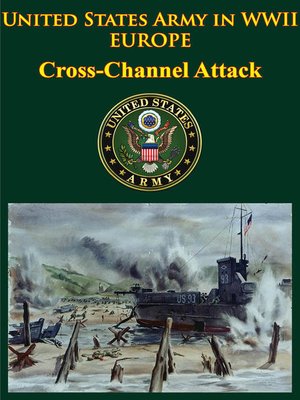
Sign up to save your library
With an OverDrive account, you can save your favorite libraries for at-a-glance information about availability. Find out more about OverDrive accounts.
Find this title in Libby, the library reading app by OverDrive.



Search for a digital library with this title
Title found at these libraries:
| Library Name | Distance |
|---|---|
| Loading... |
[Includes 4 charts, 31 maps and 62 illustrations] Cross-Channel Attack has been planned and written as the introduction to the history of those campaigns in 1944 and 1945 which led to the destruction of the German armies in the west. It provides necessary background for the study of all the campaigns in the European Theater of Operations. The narrative of operations ends on 1 July 1944, with the Allies firmly established in Normandy. The concluding chapters show the successful fruition of plans and preparations reaching back as far as January 1942; but the seizure of the Norman beaches and the establishment of a lodgment area are only a beginning, a point of departure for the drive to the Elbe and the Baltic. Although Cross Channel Attack includes discussion of certain problems of high command and logistics, a more complete treatment is accorded these subjects in two volumes now under preparation in this series: The Supreme Command and Logistical Support of the Armies. Whether the reader approaches the book with the justified pride that he was a member or supporter of the winning team, or whether he reads to learn, is a matter for him to decide. The victor tends to prepare to win the next war with the same means and methods with which he won the last. He forgets the difficulty of reaching decisions, the planning problems, his faltering, his unpreparedness. The vanquished is wont to search far afield for new and improved methods, means, and equipment. The accomplishments of those who fought in this period were indeed great, as were the sacrifices. But from the national viewpoint it would seem desirable to read this volume with the self-critical eye of the vanquished as well as with the pride of the victor, an approach which the thoughtful reader will not find difficult.







